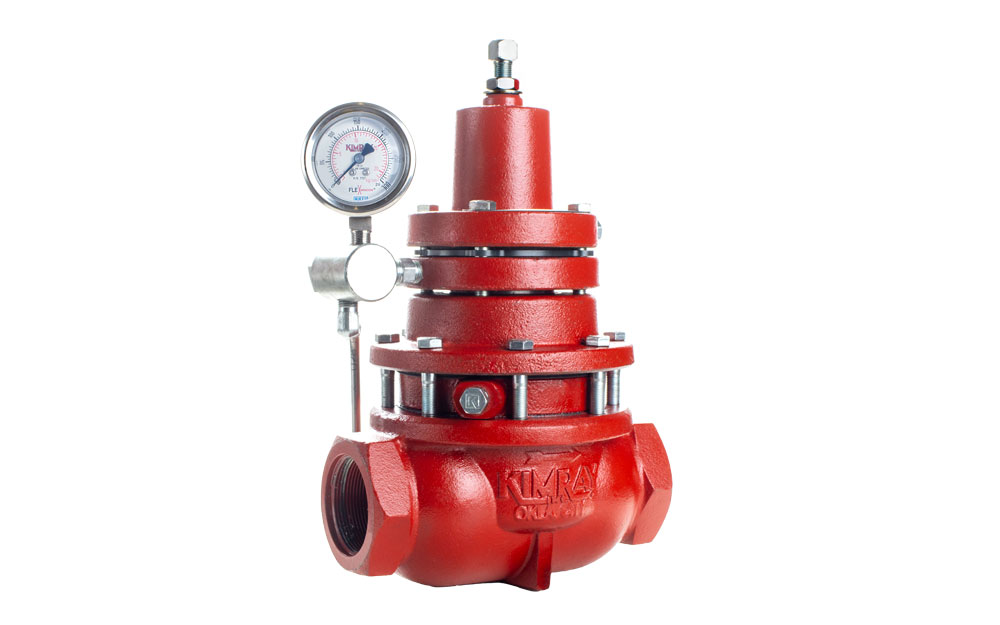Correct valve sizing is crucial to proper operation of your oil and gas production site. Today I’ll be discussing tips on valve sizing and sharing 3 symptoms of an improperly sized control valve.
Typically, symptoms of an undersized valve are easy to spot. When you start production, the valve will stand wide open and your safety relief valves will go off due to over pressuring. If you’re in a liquid dump application, your vessels will also begin overfilling with fluid.
Symptoms of an oversized valve are often more subtle. Many of the calls I receive are from customers who did not realize their valve was oversized until a major secondary issue occurred on their site.
Here are 3 symptoms you have an oversized control valve:
1. Your valve can’t find set point.
If your control valve seems to be unstable or erratic and the valve is opening and closing constantly, a likely cause is that the valve is oversized. This means the valve is trying to find your set point, but because it is too large it is unable to precisely meet your desired flow or pressure set point. Though it continues to try, it can’t help but overcorrect, shutting, then opening, then shutting again.
2. Water Hammering.
The second symptom is water hammering. This can happen in oil or gas applications when a control valve is oversized. What you’ll see is the valve closing violently, which can lead to a stretching and eventual compromise of the valve stem. Over time water hammering also stresses the coupling block and valve seat to the point of breaking.
3. Premature wear on the valve packing.
Again, an oversized valve will result in a high stroke count, which over time will wear down your valve trim and packing much faster than it should under normal operation. This can lead to deterioration of the trim, resulting in poor performance and potential environmental issues.
Bonus Tip: Valves in Changing Conditions
Over time, the conditions and flow characteristic of any well are going to change. This may be due to production slowing on an aging well, fracking of an existing well, or secondary recovery efforts. At this point it is important to reassess your control valve sizing to make sure the valves are sized appropriately for the new flow conditions.
Use these quick tips to make sure your control valves are sized correctly and production is operating at maximum capacity. For more detail on valve sizing, see our video on how to size a control valve.




























